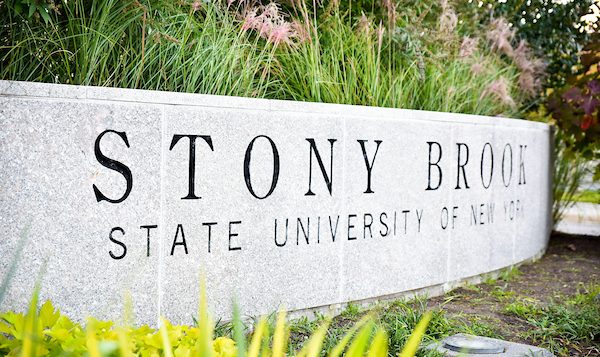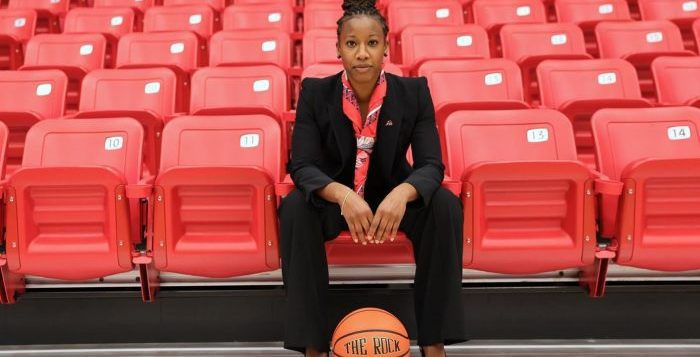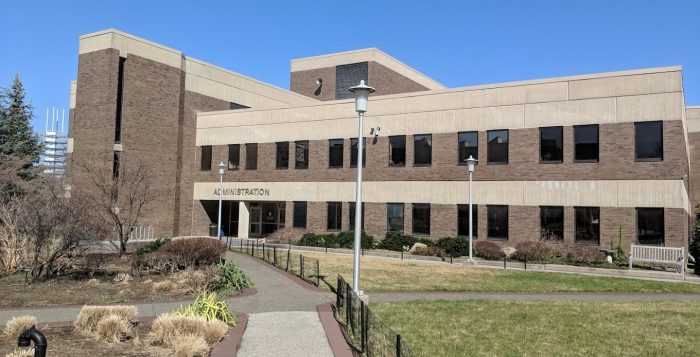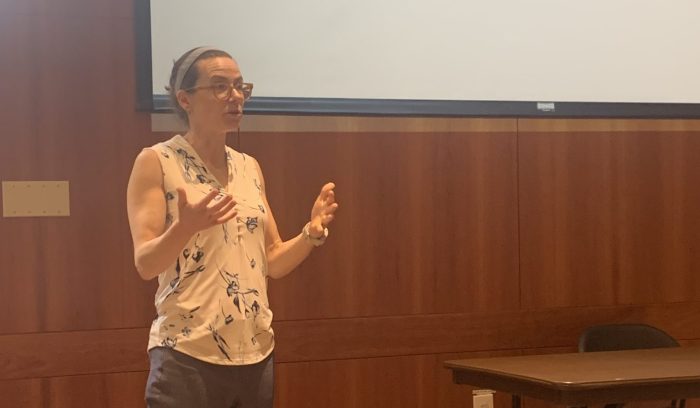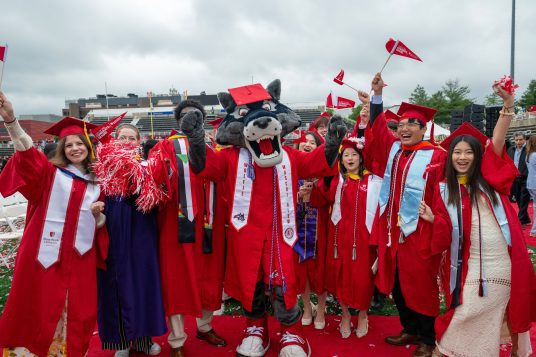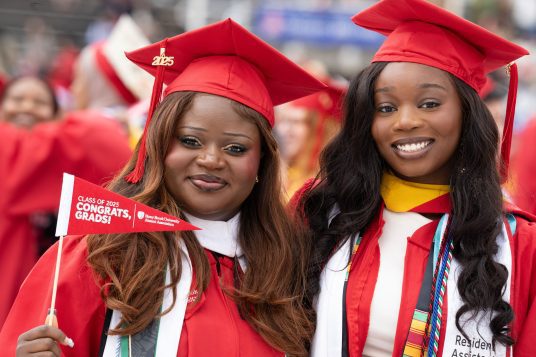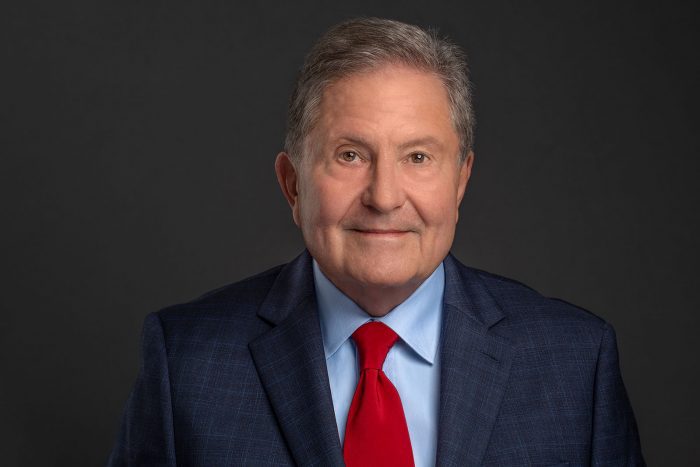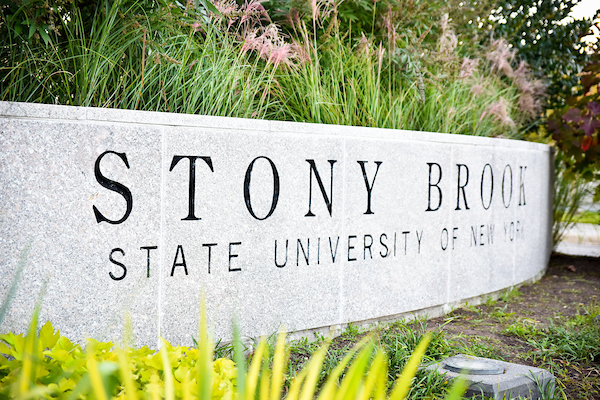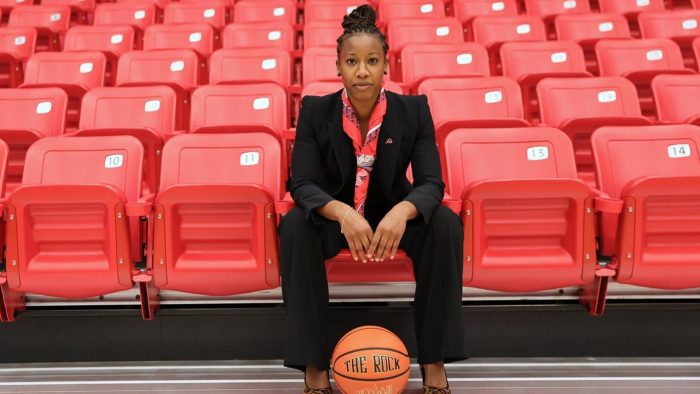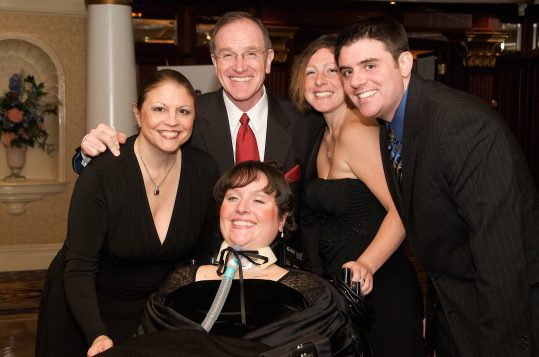By Sabrina Artusa
For a research-focused doctoral university like Stony Brook University, federal cuts to grant funding creates uncertainty for research faculty relying on the money either for potential projects or current ones.
As one of only 187 universities in the nation designated as having a very high research spending and doctorate production, according to Carnegie Classification, the university is highly active in academic research.
Funding is commonly sponsored by federal departments like the Department of Defense, the National Institutes of Health, the National Science Foundation and NASA. Federal sponsors account for the majority of funding for research awards – over 50% of research and development in higher education fields was financed by the federal government according to 2021 NSF data.
Salaries and staff
This money not only supports the faculty at R1 schools whose priority is research and are classified as having Very High Research Activity, but also the various other components of the project such as materials, postdoctorate students, graduate students and overhead. Stony Brook University Professor in the Department of Ecology and Evolution Heather Lynch likens research to “running a small business.” Indeed, principal investigators (PI) are usually responsible for the salaries of the research scientists and postdocs working below them.
In a 2022 letter, Stony Brook University leadership revised the salary ranges for postdoc researchers. They write, “We understand that many postdoc and research scientist positions are supported by externally sponsored awards, which are typically fixed in their total amount, and therefore salary increases are subject to the availability of funds.”
Some faculty are paid by the university in 9- or 6-month appointments. These researchers are then responsible for supplementing their salary for the rest of the year through grant funding. Since research is the primary function of their position at R1 universities – teaching is secondary – Lynch said that she and other faculty are responsible for supplementing their salary through grants. “The PI is not out there necessarily wanting to take on more research, but you have a lot of employees working for you and you want to keep them employed, so you are constantly hustling,” Lynch said.
Researchers that are part of university faculty receive a base salary; however, it is typical that “soft money” staff, usually medical researchers who don’t do much teaching, do not receive any salary from the university they work for and have to pay themselves through grants.
Due to the loss of funding, many researchers, postdocs and graduate students are considering leaving the U.S. to pursue their studies. According to a Nature poll, around three-quarters of over the 1,500 postgraduates, grad students and scientists that answered were exploring international opportunities, as of March.
Some grant programs were specifically intended for young researchers. Now, universities are limiting their acceptance of graduate students as they reorient resources to support current students amid the diminished indirect cost funding.
Impact of research
Grants usually take months to create; in addition to detailing the project plan, research strategy and the equipment needed, the document can have broader impact sections, which usually includes the opportunities for engagement for underrepresented groups. With the expiring of DEI, “they changed the way broader impacts are defined,” Lynch said. Key DEI words relating to gender or words leading to blocks, even for research already in progress.
The scrupulous application process includes eliminating any potential conflicts of interest, which includes anyone the principal investigator has worked with the previous 48 months. Then, a panel of experts meet to study and analyze the proposal. For a proposal Lynch created, she assembled a list amounting to over 180 conflicts of interest. The process is designed to prevent bias or corruption.
Lynch believes cuts were enabled by a societal misunderstanding of the value that lies in the research. Obscure to the less scientifically-versed, these projects aren’t often recognized for their discoveries, at least not in wide public spheres.
Having been a PI herself, Lynch has done environmental research on Antarctic penguins that won her a Golden Goose Award for federally funded and underrecognized research that had tremendous impact in scientific communities, potentially paving the way for further discoveries and innovations. Other Golden Goose winners include a team whose research led to artificial intelligence advancements.
“These grants are not a gift, they are payments for services,“ Lynch said.
Indirect costs
Funding dedicated to operating the university and thereby enabling this research are factored into the proposal under facilities and administrative rates, otherwise known as indirect costs. Direct costs include salaries and equipment – costs that are necessary for the specific project. Indirect costs are specific to the university; therefore, each project that is associated with the school and is benefiting from its services must include an additional amount that goes back to the school.
The rate was capped at 15% by the NIH, DOE and NSF. The NIH and DOE caps are enacted retroactively. The cap is universal across the country. Previously, indirect cost rates varied depending on the university. R1 universities, which typically have larger research facilities, had higher rates. Stony Brook had a rate of 56%, and previously applied for rate renewals with the Department of Health and Human Services.
IDC limited the amount researchers can use while raising the overall grant request. Previously, researchers complained about this, but now, Lynch said “these IDC rates mean you are not going to have money to maintain equipment, you are going to have to reduce staff to core faculties, you will not be able to build new research faculties, you will have to fire people who do permits and lab safety.”
“These cuts can make it very hard for these PIs like myself to keep postdocs and graduate students paid, and these layoffs in the talent pipeline will create long-term damage to our scientific competitiveness,” Lynch said. She said she does not speak on behalf of the university.





